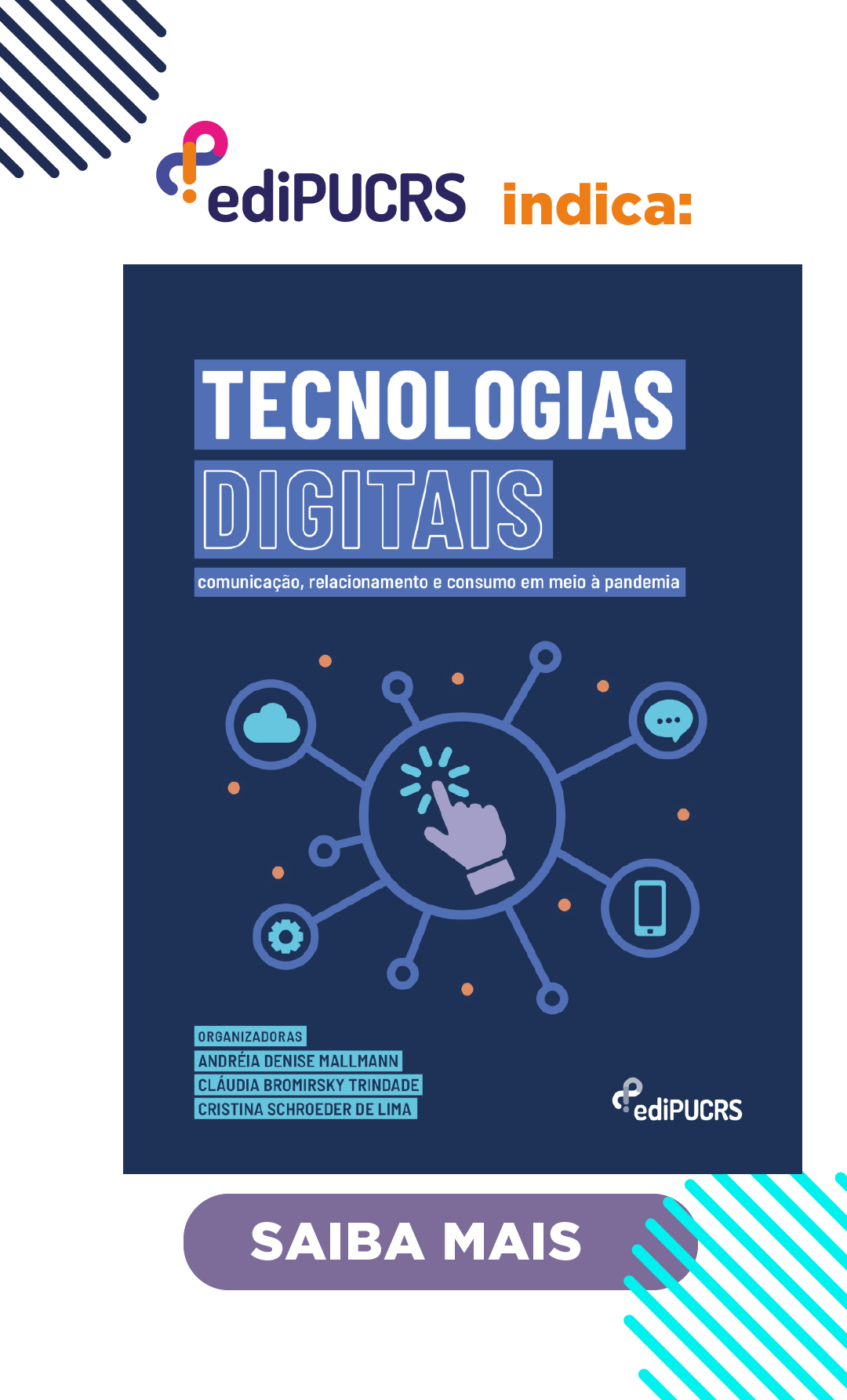Playing in Minecraft: an exploratory study
DOI:
https://doi.org/10.15448/1980-3729.2018.1.27156Keywords:
Video Games. Immaterial labour. Entertainment.Abstract
Departing on a review of the literature, this article discusses, grounded on critical theory, the overlap and the boundaries between play/entertainment and work/learning concerning to digital games. In addition, it tries to find what is core in the distinction between play as entertainment and play as work. The review shows a dissent, understanding the phenomenon either as a sort of work, or as a voluntary choice for entertainment, or as a phenomenon on which the boundaries between work and entertainment are blurred. Differently from the mentioned researches, whose data were obtained with adults and young people, this empirical study was carried out with children, being also a unique work with so young people in this very complex question. Being a first approach and occurring with a small number of children, the research was set up as an exploratory study using participant observation and interviewing for the data collection, and discourse analysis and Likert scale for the discussion of outcomes.
Downloads
References
ADORNO, T. Minima Moralia. London: Redwood Books, 1999.
BUCKINGHAM, D. Precisamos realmente de educação para os meios? Comunicação & Educação. Ano XVII, n. 2, jul/dez. 2012, p. 41-60, 2012.
CANCLINI, N., Cruces, F. and Pozo, M. U. C. (Coords). Jóvenes, Culturas Urbanas Y Redes Digitales [Youth, Urban Cultures and Digital Networks]. Barcelona: Ariel, Madri: Fundación Telefónica, 2014.
CASTELLS, M. Redes de Indignação e Esperança: movimentos sociais na era da internet. Rio de Janeiro: Zahar, 2012.
CASTRONOVA, E. Synthetic worlds: The business and culture of online games. Chicago: University of Chicago Press, 2005.
CONSALVO, M. There is no magic circle. In: Games and Culture, v. 4, n. 4, p. 408 - 41, 2009. Available: http://www.bendevane.com/VTA2012/wpcontent/uploads/2012/01/mia_2009.pdf. Accessed 10 jul. 2014.
DIBBELL, J. Play money. Or, how I quit my day job and made millions trading virtual loot. NY: Basic Books, 2006.
GEE, J. P. Situated Language and Learning: A Critique of Traditional Schooling. New York: Routledge, 2004.
GRIMES, S. M. Online multiplayer games: A virtual space for intellectual property debates? In: New Media & Society v.8, n.6: p. 969 - 990, 2006. Available: http://www.academia.edu/195695/Online_multiplayer_games_a_virtual_space_for_intellectual_property_debates. Accessed: 12 aug. 2014.
______ Transcript of “So Many Ways to Play”: Branded Worlds, Toy Tie-Ins, and the Rise of Transmedia in Children’s Digital Games. In: SBGames 2013 Keynote, October 17, 2013. Available: http://prezi.com/qdu3wearajja/so-many-ways-to-play-branded-worlds-toy-tie-ins-and-the-rise-of-transmedia-in-childrens-digital-games/?utm_campaign=share&utm_medium=copy. Accessed 18 Oct. 2013.
GRIMES, S. M. & FEENBERG, A. Rationalizing Play: a Critical Theory of Digital Gaming. In: The Information Society. v. 25, issue 2, p. 105 - 118. Routledge, Taylor & Francis Group, 2009. http://dl.acm.org/citation.cfm?id=1525968&CFID=257858591&CFTOKEN=75197727. Accessed: 29 Apr. 2014.
HEIDEGGER, M. Introduction to Philosophy. Bloomington: Indiana University Press, 2011.
JENKINS, H. Confronting the challenges of participatory culture: media education for the 21st century / Henry Jenkins (P.I.) with Ravi Purushotma [et al.] —(The John D. and Catherine T. MacArthur Foundation reports on digital media and learning), 2009.
JUUL, J. The art of failure: an essay on the pain of playing video games. MIT Press, 2013.
LASTOWKA, G. Minecraft as Web 2.0: Amateur Creativity in Digital Games. In: Amateur Media: Social, cultural and legal perspectives, 2012. Available at: http://works.bepress.com/lastowka/6. Accessed: 3 sep. 2014.
MARX, K. Value, Price and Profit. New York: International Co. Edited by Eleanor Marx Aveling, 1969. Available https://www.marxists.org/archive/marx/works/download/pdf/value-price-profit.pdf. Accessed: 3 set. 2014.
MILLER, P. What’s Next? The evolution of ‘social games’. In: Gamasutra. Available: http://www.gamasutra.com/view/news/201383/Whats_Next_The_evolution_of_social_games.php. Accessed 8 Mar. 2015.
NAKAMURA, L. Don’t hate the player, hate the game: The racialization of World of Warcraft. In: Critical Studies in Media Communication, v.26, n.2, p. 128 - 144, 2009.
NARINE, N. & GRIMES, S. M. The Turbulent Rise of the “Child Gamer”: Public Fears and Corporate promises in Cinematic and Promotional Depictions of Children’s Digital Play. In: Communication, Culture & Critique v.2, p. 319 - 338, 2009. In: http://www.academia.edu/195936/The_Turbulent_Rise_of_the_Child_Gamer_Public_Fears_and_Corporate_Promises_in_Cinematic_and_Promotional_Depictions_of_Childrens_Digital_Play. Accessed 2 aug. 2013.
NEGROPONTE, N. Being Digital. New York: Vintage Books, 1995.
PEARCE, C. Productive play: Game culture from the bottom up. In: Games and Culture, Sage Publications v.1, p. 17 - 24, 2006. Available at: http://gac.sagepub.com/content/1/1/17.full.pdf+html. Acessed: 2 aug. 2013.
PETRY, A. O Jogo como condição da autoria e da produção de conhecimento: análise e produção em linguagem hipermídia. Tese (Doutorado em Comunicação e Semiótica) - Programa de Pós-Graduação em Comunicação e Semiótica. Orientadora Lucia Santaella. Pontifícia Universidade Católica de São Paulo, São Paulo, [2010].
POOR, N. Computer game modders’ motivations and sense of community. In: New Media & Society. Sage Publications, 2013. Available at: http://nms.sagepub.com/content/early/2013/09/19/1461444813504266. Accessed: 28 aug. 2014.
QUIRING, T. Place-Making in Minecraft. Journal of Virtual Worlds Research. V.8, 1, February, 2015.
RAD, Chloi. Vendas de Minecraft ultrapassam 100 milhões de cópias. IGI Brasil. Available: http://br.ign.com/minecraft/26772/news/vendas-de-minecraft-ultra passam-100-milhoes-de-copias. Accessed: 15 nov. 2016.
SCHOLZ, T. (ed). Digital Labor: The Internet as Playground and Factory. New York: Routledge, 2012.
SPENCER, A. DIY: the rise of lo-fi culture. London: Marion Boyars, 2005.
TAYLOR, T. L. Play between worlds: Exploring online game culture. Cambridge, MA: MIT Press, 2006.
TERRANOVA, T. Free Labor: producing culture for the digital economy. In: Social Text, v. 18, n: 2, p. 33 - 58: Summer: Duke University Press, 2000.
WELLS, M J. The programmer as player: uncovering latent forms of digital play using structuration and actor-network theory. v. 7, n. 12, 2013.
YEE, C.The Labor of Fun: How Video Games Blur the Boundaries of Work and Play. In: Games and Culture. Sage publications, 2006. Available at: http://gac.sagepub.com/content/1/1/68. Accessed: 5 sep. 2014.
Downloads
Published
How to Cite
Issue
Section
License
Copyright
The submission of originals to Revista Famecos implies the transfer by the authors of the right for publication. Authors retain copyright and grant the journal right of first publication. If the authors wish to include the same data into another publication, they must cite Revista Famecos as the site of original publication.
Creative Commons License
Except where otherwise specified, material published in this journal is licensed under a Creative Commons Attribution 4.0 International license, which allows unrestricted use, distribution and reproduction in any medium, provided the original publication is correctly cited.






